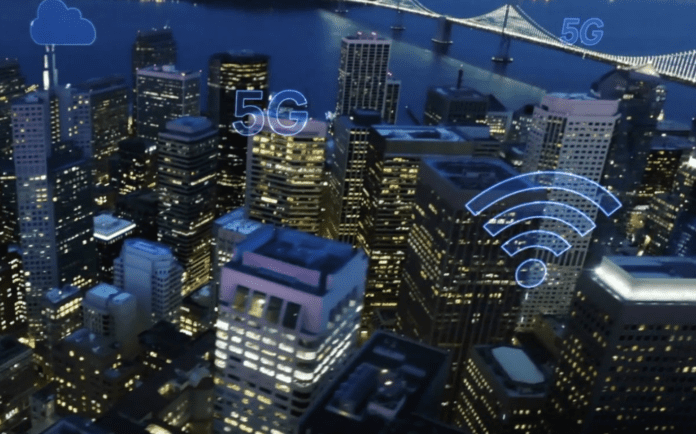Reflecting on a track-record of firsts, Boingo Wireless CEO Mike Finley discussed the company’s focus on providing carrier services as 5G becomes a commercial reality and operators tap new licensed, unlicensed and shared spectrum to keep up with insatiable demand for mobile connectivity.
Finley, who took over the top spot at Boingo from David Hagan in March, reminded RCR Wireless News, “We’re not just a Wi-Fi company. Today, anything that involves connectivity, we’re doing it.”
Check out the below video examining Boingo’s history of firsts.
While Boingo is closely associated with its massive footprint of venue Wi-Fi networks, it’s worth taking a moment to recap cellular domain expertise the company has developed. Boingo was an early mover in the distributed antenna system space and tallies its first deployment, executed by a since-acquired company, in 1999 in New York City’s Lincoln and Holland tunnels. In the third quarter of 2019, Boingo reported 71 live DAS venues comprised of more than 37,000 nodes.
In 2013, Boingo activated Passpoint, a technology that streamlines access to Wi-Fi networks, at Chicago O’Hare International Airport. That has since evolved to Passpoint 2.0 and is available to millions of travelers at airports around the world.
2020 is positioned to be a break-out year for shared access to the 3.5 GHz Citizens Broadband Radio Service band. After years of policy debate and technology development, CBRS will soon be used following a three-tiered access scheme that protects incumbent federal users, allows for carriers and other interests to bid on priority access licenses and also supports general authorized access. Boingo deployed a CBRS network at Dallas Love Field in 2018.
Last year, Boingo claimed another first with its Wi-Fi 6 network at Orange County’s John Wayne Airport. Wi-Fi 6, the brand name for the IEEE 802.11ax standard, is optimized for high user density environments and for connecting the internet of things.
Finley said the availability of 3.5 GHz frequencies presents new opportunities around network use cases that require high speed and low latency. “As it expands, we view it as another piece of spectrum and connectivity that we’ll integrate into our neutral positioning. It’s really an interesting combination of unlicensed and licensed in mid-band spectrum that has a lot of what we think is new potential.”
While CBRS is currently an LTE technology, work is under way to update the specification to be compatible with 5G NR and some CBRS radio equipment in-market today is NR-ready.
As it relates to venues and 5G, the Super Bowl served as a prime example of carrier willingness to invest big in venue-specific deployments in order to showcase new technologies. Further, there’s a bevy of well-articulated 5G stadium use cases largely around real-time content interaction, high-end video multi-casting, augmented reality overlays and so forth.
“As venues want to create opportunities for their customers, upgrading that [infrastructure] to something new and better is always something they’re looking to do and we can provide.”

